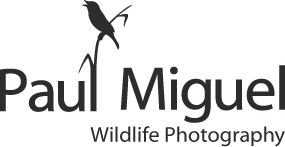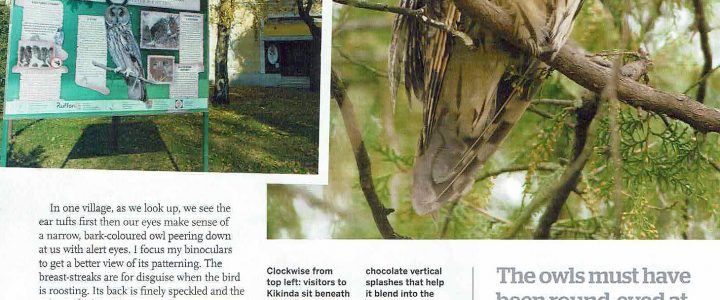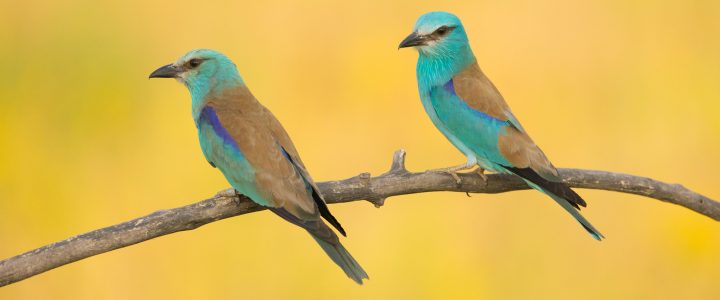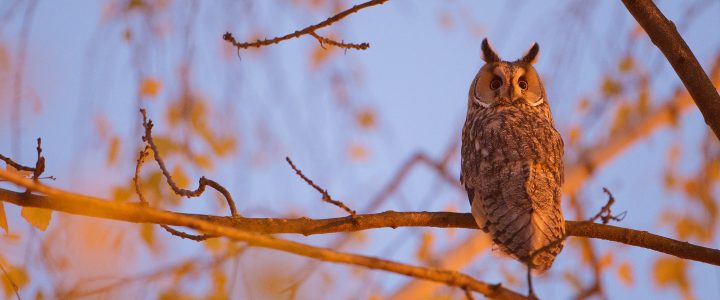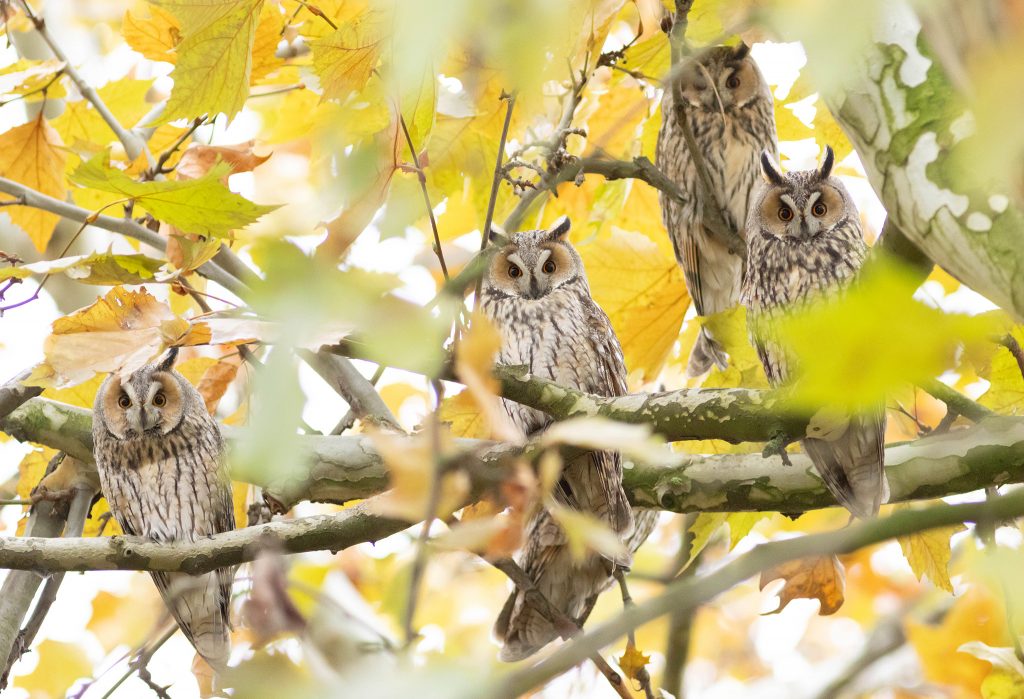
This year I met with my 2 clients, Ian and Dawn, at Heathrow – to travel to Belgrade together. As we exited the airport we were greeted by heavy snow – something I haven’t seen in Serbia in quite some time! As we travelled north it continued to come down and we could see just how much was lying, both on the ground and in the trees. It’s hard to put into words my excitement… Long eared Owls in snow is something of a dream shot for me.. so perhaps it would become reality this time? Unfortunately when we arrived at our hotel the snow was pretty much gone (there was much more down south) and I had to accept that ‘Snowy Owl’ images were probably out of the question..!
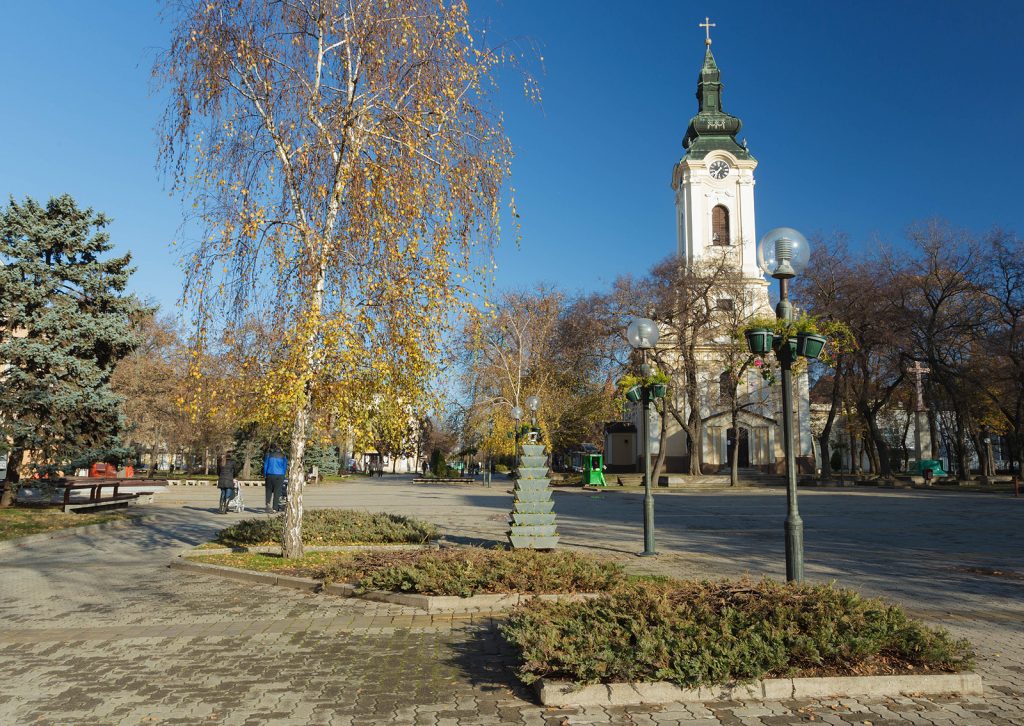
Over the next 3 days, with our guide (my good friend David), we visited a number of urban locations to photograph the roosting Long eared Owls. David is part of a research group, which includes ringing Owls and monitoring winter roost sites. He’s also incredibly knowledgeable on Serbian wildlife and always happy to answer any questions about his country. We visited some reliable roost sites where I’ve previously photographed and also some new ones which I hadn’t seen before. This is part of the appeal of this tour – whilst some roosts largely do stay put, some can move from year to year – offering brand new opportunities for photography. Roosts can be smaller, around 50 or so (yes, that’s right) whilst in some places they can easily be 200 or more. At some of the best roost sites it is not unusual to find 20 or even 30 owls in one tree. Hint: there are always way more Owls than you think!
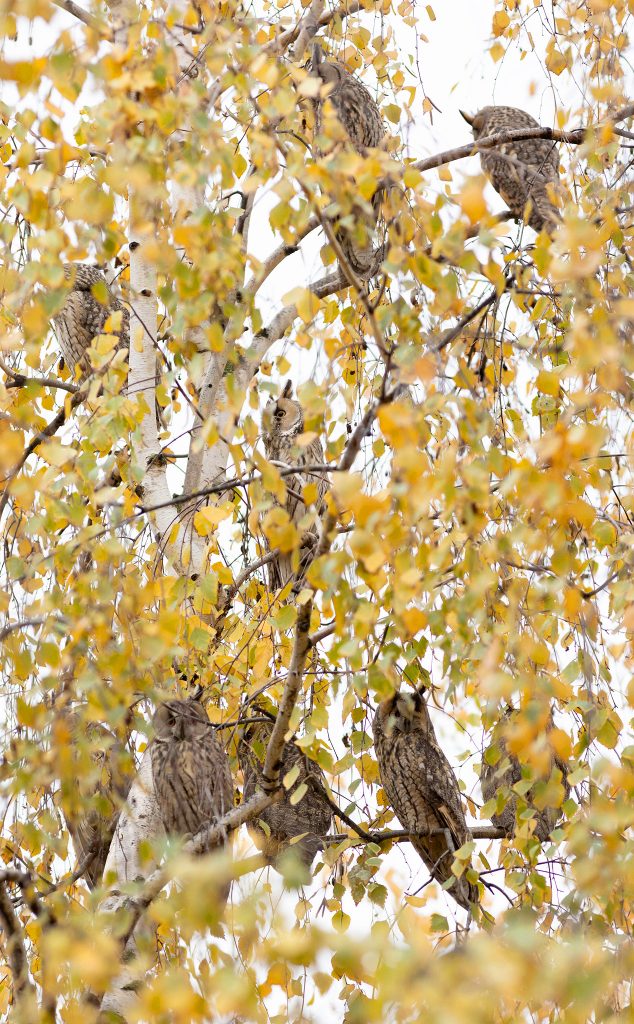
(If you’d like to see some Video Footage of the Long Eared Owls in Serbia – Watch my YouTube Video from a 2018 trip)
We visited roosts by main roads, public parks, around churches.. and by blocks of flats! The Long eared Owls shelter where they can. Not only does it keep them out of the elements, but I suspect it is also warmer due to the heat from nearby buildings.
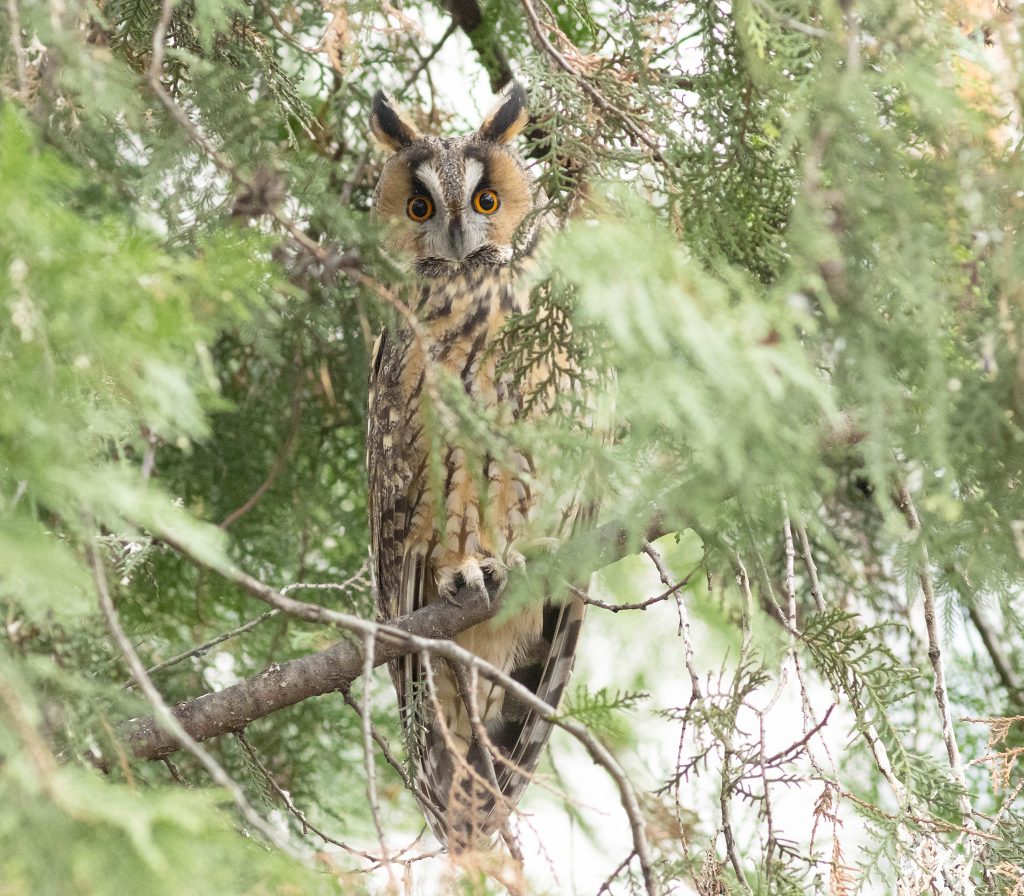
Whilst we were always looking up to the Owls, there were a couple of occasions where we found birds lower down. One great site was a public park where we found a small group in a conifer tree. This was much lower and I’d estimate around 15 feet high. With low light levels I really had to push my ISO.. not great when I was using a Canon R7! This image was taken with an RF 600mm attached.
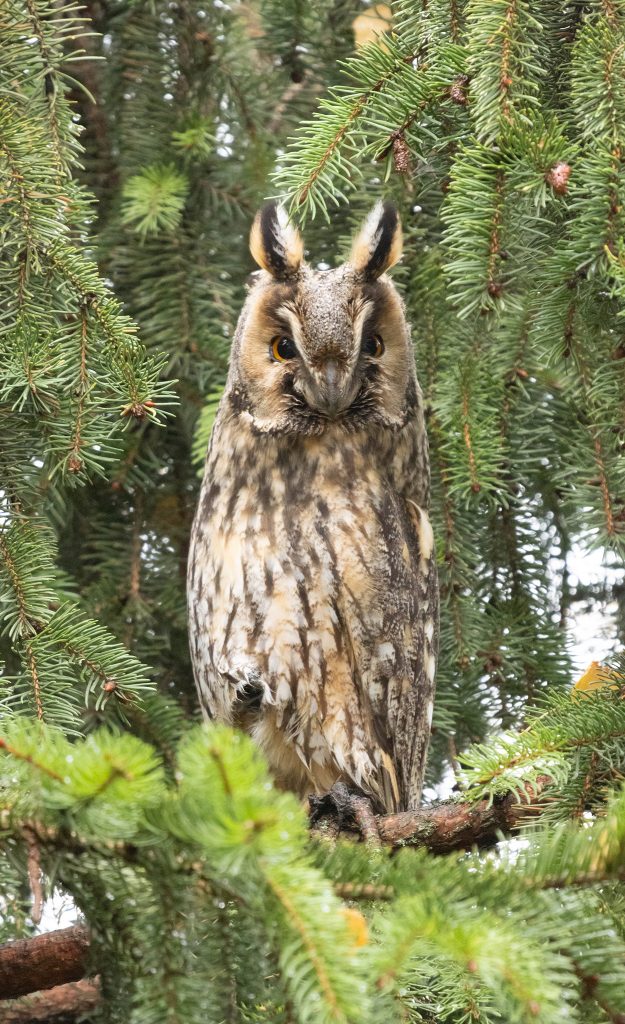
One of the great things about the Owls is that you have plenty of time to experiment and try things out. It also means I can work closely with each client, as we’re shooting, to make the most of each opportunity.
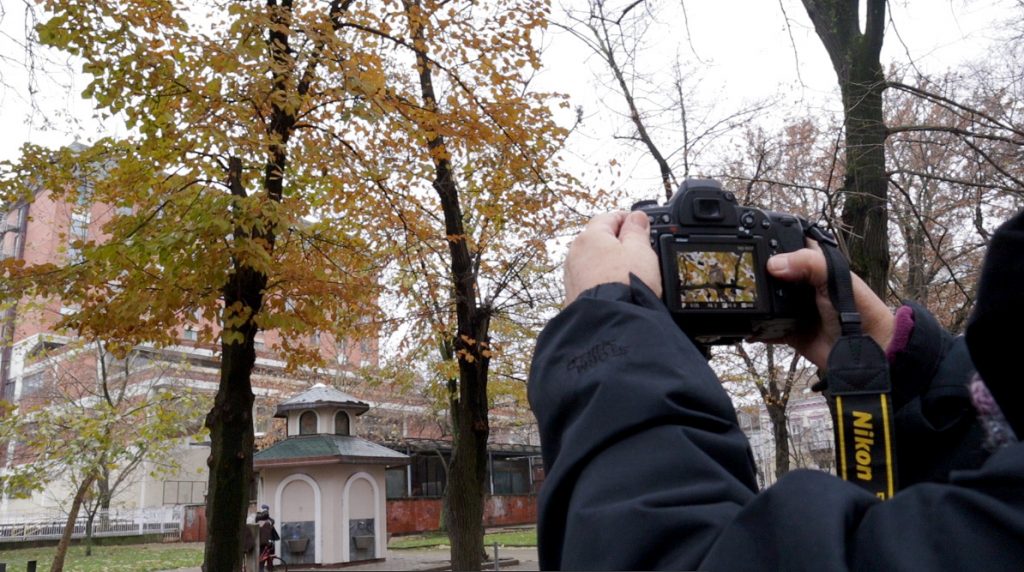
The weather wasn’t particularly kind and it was cloudy almost all of our time there. But there was almost no rain, and the winds were never strong. On the last day there was an incredible hoar-frost and a thick fog that lasted for most of the day. We were lucky to see a few owls flying; this is uncommon in the day but the birds do sometimes shift their position in the roost. I managed to react quickly to get this – my one and only flight shot!
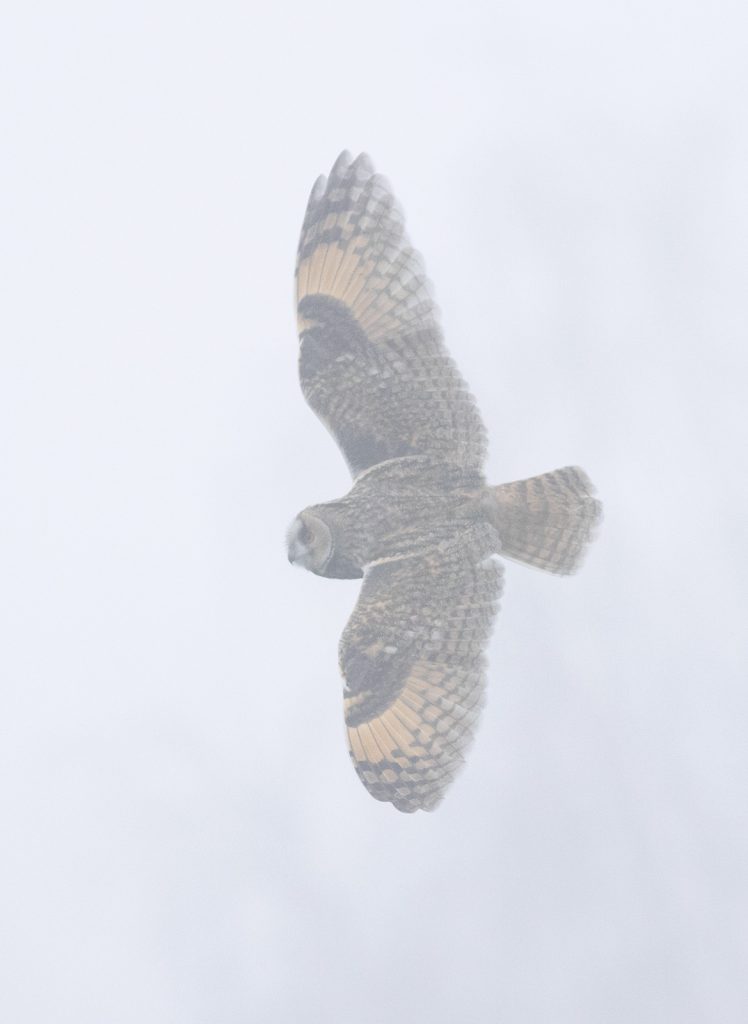
Unlike my Summer Serbian Tour, the days are short. We returned each day around 4pm and had plenty of time to review our images. This is something I always offer on this trip – in the evenings I will look at your images and see where we can make improvements, whether it’s Exposure, Lighting, or Composition.
On our last morning we had one of my favourite photo sessions. This roost proved to be excellent last year.. and it delivered again this time. Here the Owls roost in Birch trees – and the leaves had barely fallen. The yellow colour made for some beautiful images, both as wider shots and close ups. We experimented with our compositions, including using the leaves as blurred foreground.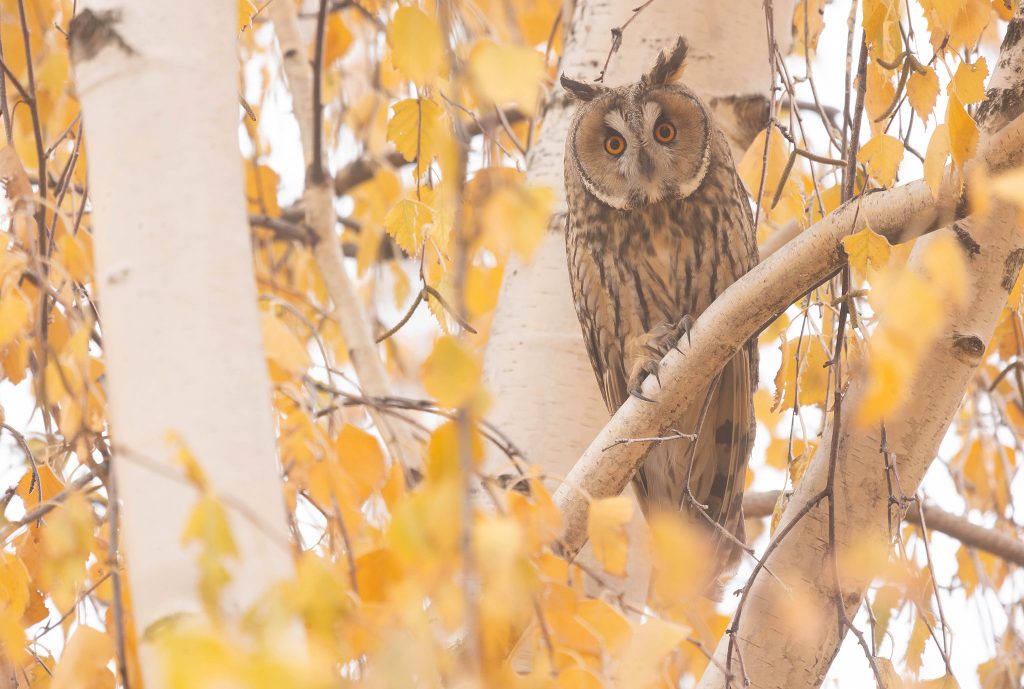 ]
]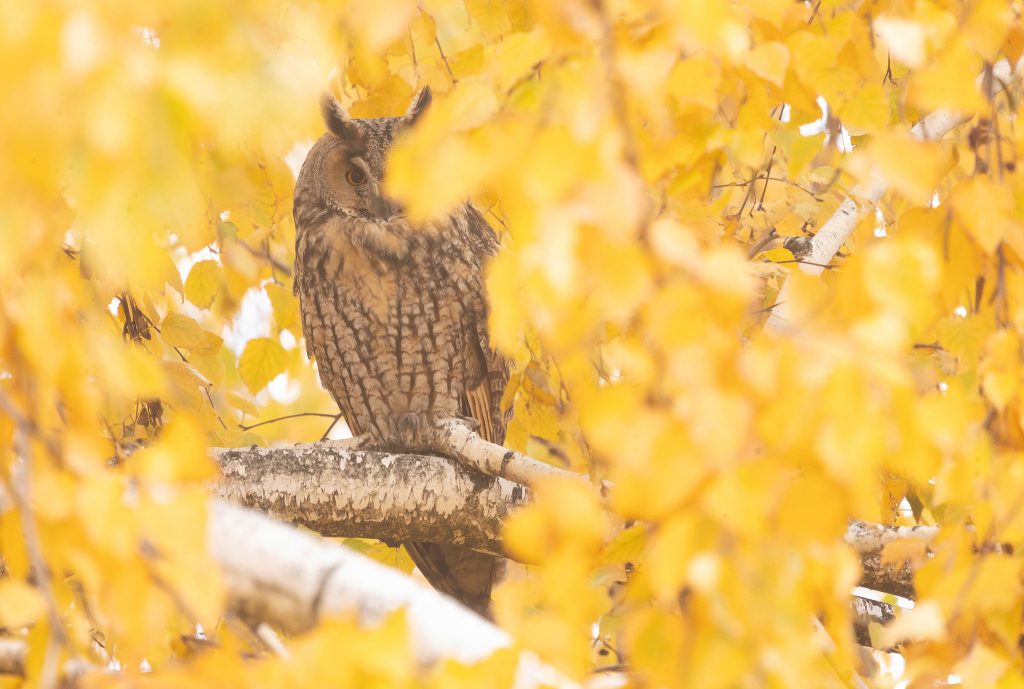
The Long eared Owl Winter Tour was a successful trip. Lots of Owls (there always is!), Serbian hospitality and some wonderful food! We also saw plenty of Buzzards, a flock of Common Cranes, Kestrels and Sparrowhawk. Most winters we do see Hen Harriers too, but we didn’t really dedicate the time to that on this trip. Thanks to my wonderful clients who really enjoyed the Owls and were willing to experiment with their photography. We had lots of fun and a lot of laughs!
I’ll be running this tour again in December 2024 and 2025 and I only take 2 Clients at a time. If you’d like to join me, send me an Email: paul@naturephotographycourses.co.uk
It really is the best place to go for these magnificent birds!
